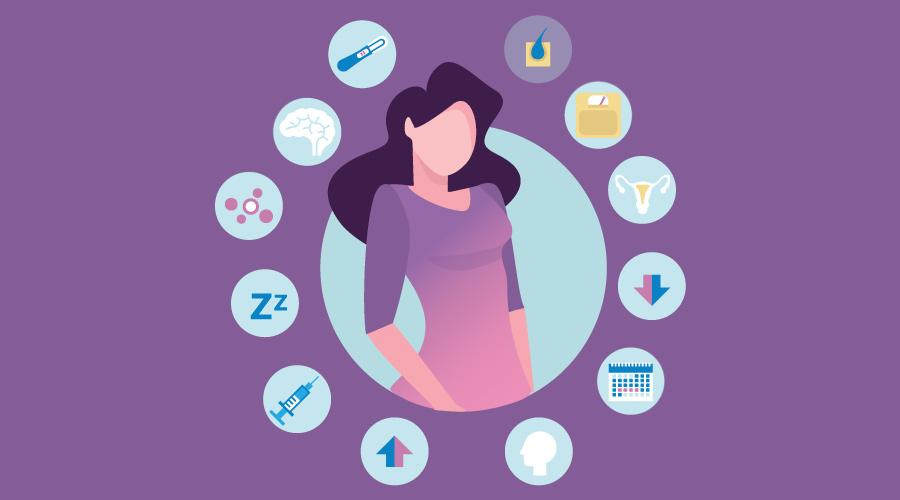Workplace health and safety is a critical concern for workers across all industries, and there is a growing awareness of the need for workplace policies and practices that prioritize employee health and well-being.
Occupational topics in this area may include workplace injury prevention, mental health, and strategies for promoting work-life balance.

Occupational Health and Safety: Prioritizing Employee Health and Well-being
(OHS) refers to the policies, practices, and procedures in place to ensure the health and safety of workers in the workplace.
This includes the prevention of workplace injuries and illnesses, the management of workplace hazards, also the promotion of employee well-being. OHS is a critical concern for workers across all industries. As workplace injuries and illnesses can have severe consequences for individuals, families, and communities.
The importance of OHS has become increasingly recognized in recent years. With a growing emphasis on the need for workplace policies and practices that prioritize employee health and well-being.
This includes efforts to prevent workplace injuries and illnesses, promote mental health in the workplace, also promote work-life balance. In this article, we will explore some of the key topics in the area of occupational health and safety.
Occupational: Workplace Injury Prevention
Preventing workplace injuries is a critical component of OHS, as injuries can have serious consequences for workers and their families. Workplace injuries can result in physical pain and suffering, lost wages, and long-term disability. They can also have a ripple effect on families, communities, and society as a whole.
According to the International Labour Organization (ILO). An estimated 2.78 million workers die each year as a result of work-related accidents or diseases.
Efforts to prevent workplace injuries focus on identifying and managing workplace hazards. Providing workers with the training also equipment to do their jobs safely, and a culture of safety in the workplace.
This includes regular safety training, hazard assessments, and the use of personal protective equipment (PPE).
Mental Health in the Workplace
Mental health is an increasingly important concern in the workplace. As mental health issues can have a significant impact on employee well-being and productivity.
According to the World Health Organization (WHO). Depression also anxiety alone cost the global economy an estimated $1 trillion per year in lost productivity.
Efforts to promote mental health in the workplace focus on creating a supportive also inclusive work environment. Promoting work-life balance, and providing employees with access to mental health resources and support.
This includes initiatives such as employee assistance programs, mental health days, and flexible work arrangements.
Promoting Work-Life Balance
Promoting work-life balance is another important component of OHS. As the demands of work can have a significant impact on employee well-being and mental health. Efforts to promote work-life balance include initiatives such as flexible work arrangements, paid time off, and support for caregiving responsibilities.
Flexible work arrangements can include options such as telecommuting, job sharing, and flexible scheduling. Paid time off can include sick leave, vacation time, and personal days. Support for caregiving responsibilities can include benefits such as parental leave, elder care support, and family medical leave.
Conclusion
Occupational health and safety is a critical concern for workers across all industries. As workplace injuries also illnesses can have severe consequences for individuals, families, and communities.
Efforts to promote OHS focus on preventing workplace injuries and illnesses. Promoting mental health in the workplace, also promoting work-life balance. These efforts are essential for ensuring that workers can perform their jobs safely and effectively. 온라인카지노사이트








